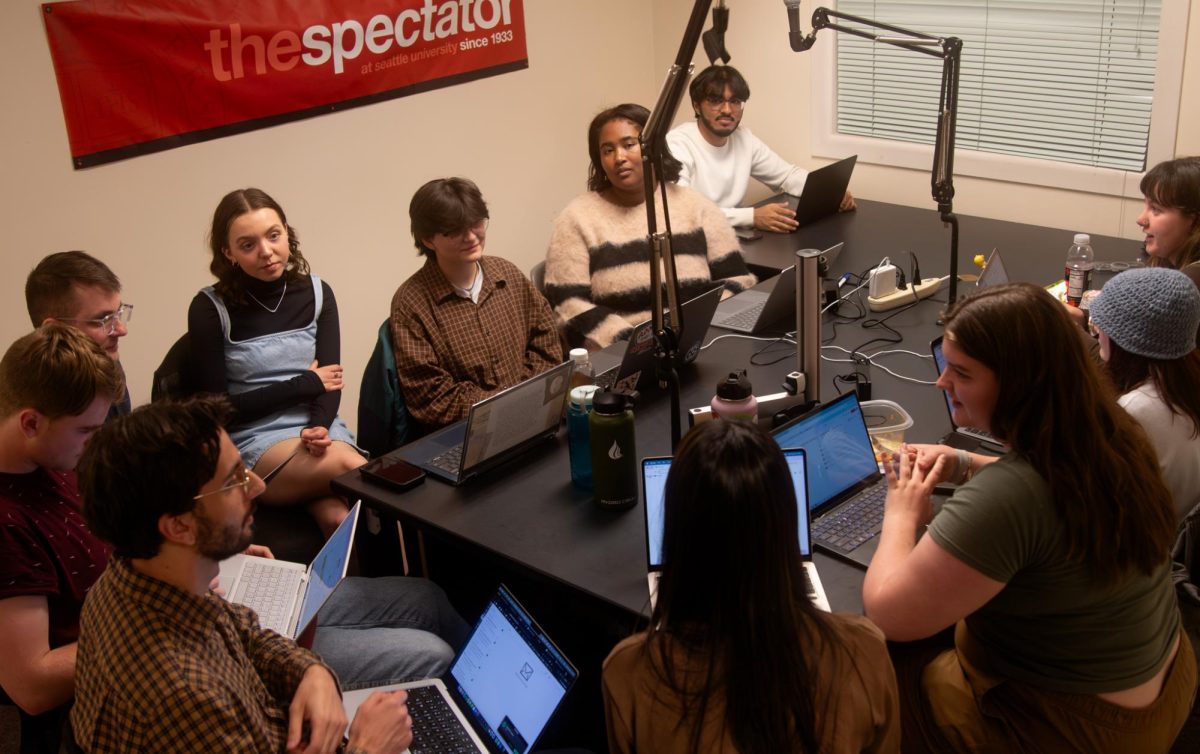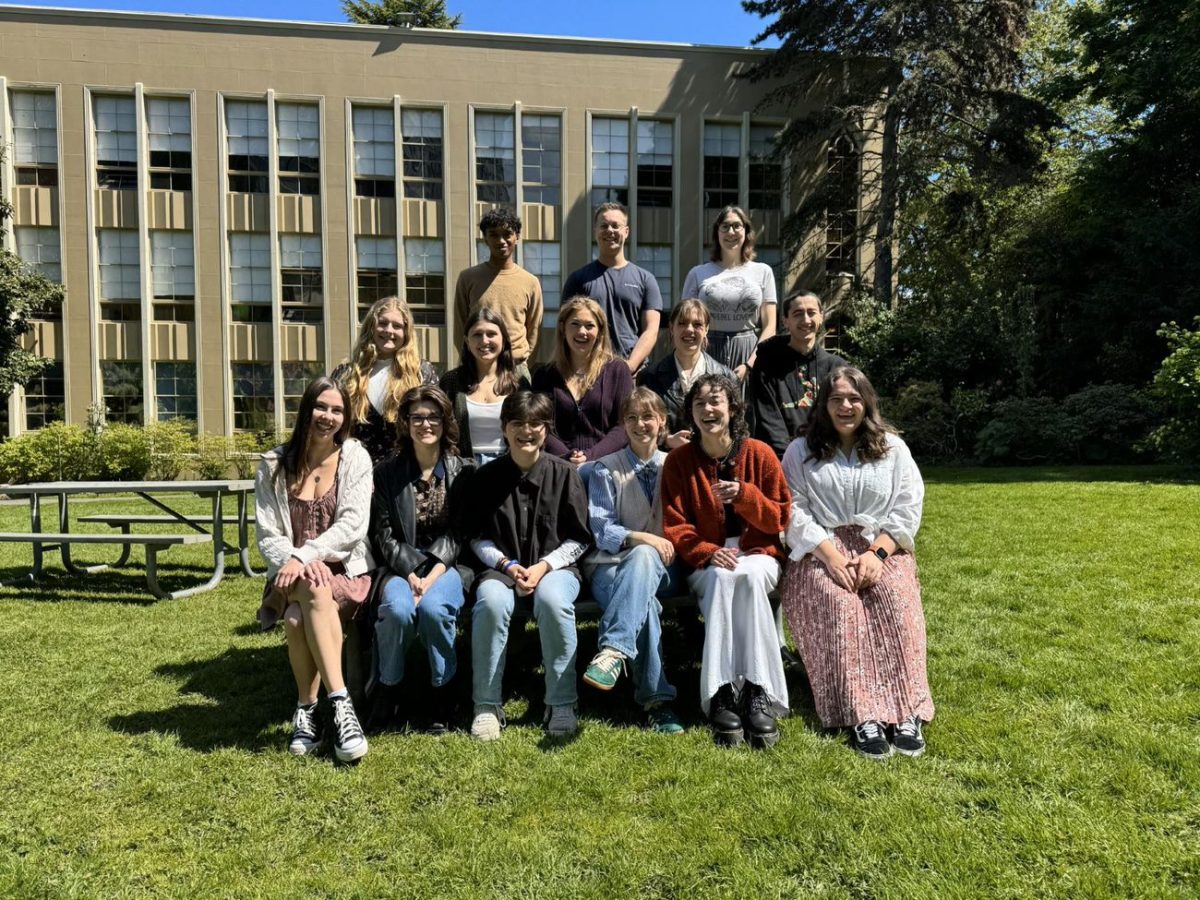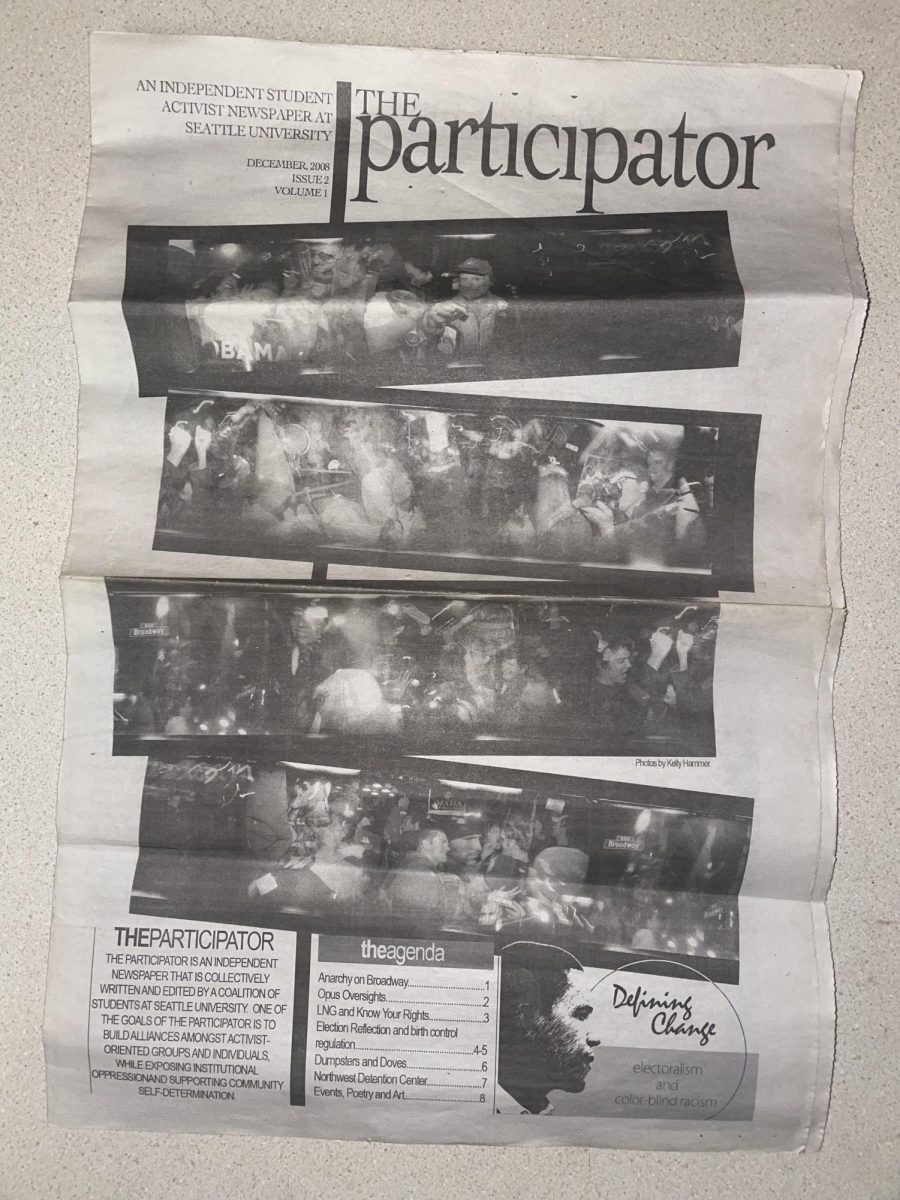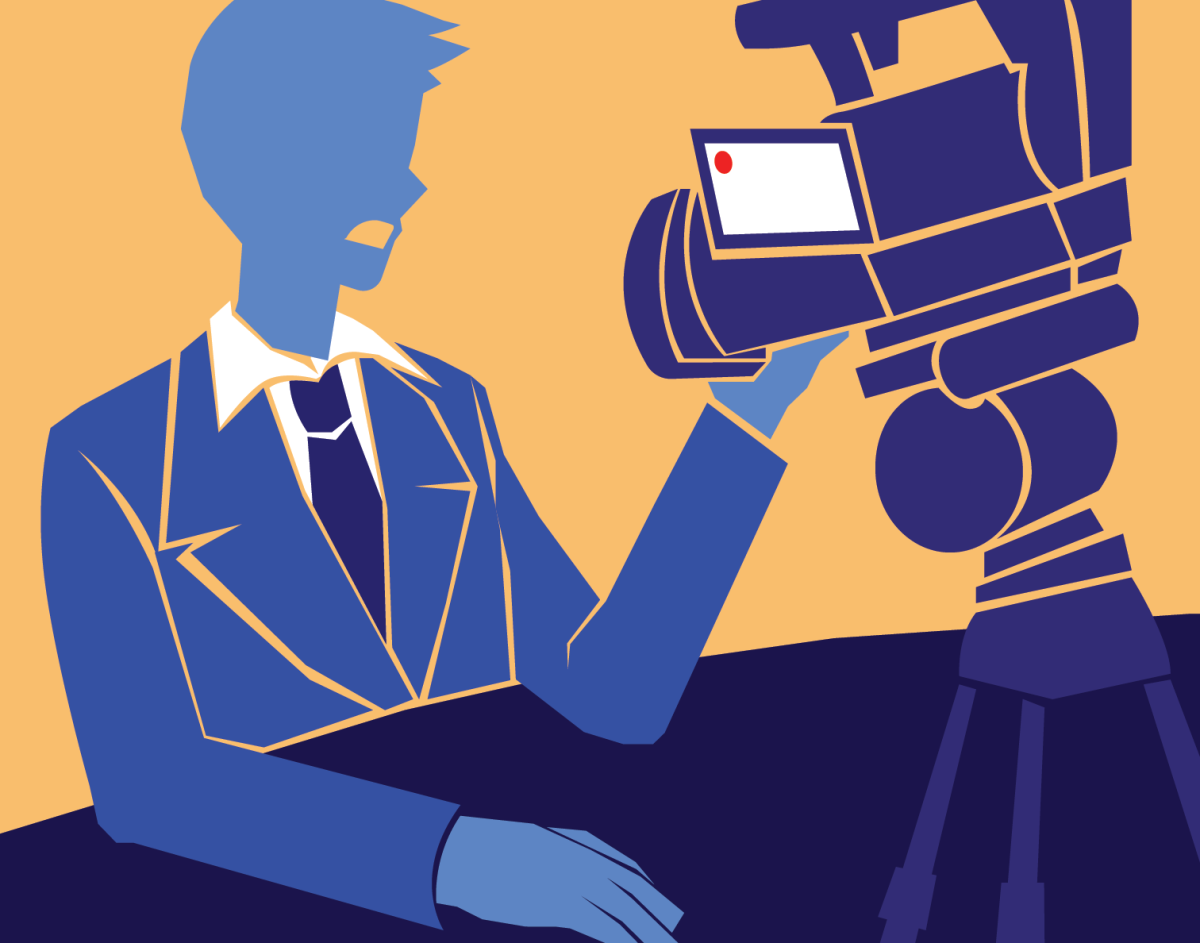Hanging out by the quad this week, students may have noticed something quite common for a college campus: an organization handing out flyers. Looking a little closer, though, is when they can see the event that the flyer promotes is one that is decidedly different from ones found on the average campus, and that’s because it’s the first of its kind anywhere.
The Impactathon is a 24-hour long intensive problem-solving session focused on issues facing members of our local community. This event is brand new, not only to the Seattle University campus, but it’s the first of this kind in the nation.
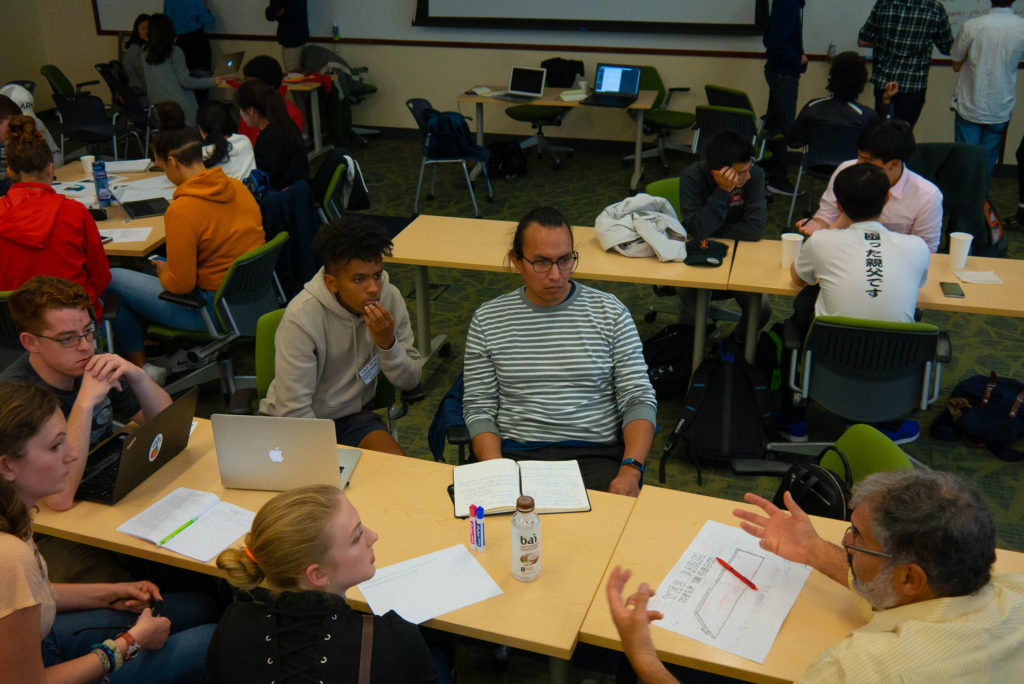
Students debate on solutions for sustainable farming during the first Seattle University Impactathon.
The event originated with Jesse Goncalves, a senior Math major, who came up with the idea after working with a research team to figure out what Science and Engineering programs across the country were doing in terms of social outreach. When doing the project, Goncalves heard about the Hacks for Humanity, run by Arizona State University. Inspired by this, he came up with a similar idea in order to help solve problems with more than just an engineering or science approach. The Impactathon is different, however, in that it involves partners from the city of Seattle instead of broad ideas from students.
Goncalves took charge of the event when the College of Science and Engineering wanted it to be a student-led event. His motivation comes from a few different places.
Goncalves hoped that Impactathon participants could use the experience to connect their academic learning to real life applications.
“I think…people can take what they learned from the classroom and see the ways they can use it for social good,” he said. “I hope others are inspired in the same way to do that through this event.”
By using community partners to bring their problems to the students, the Impactathon had a more specific goal than the generalized goals of the ASU event. It makes the problem-solving more real, and it directly impacts the community that all Seattle U students live in. One of these community partners was the Black Farm Collective, an urban farming organization that is trying to get a community garden up and running. The community partners appreciated the chance to collaborate and meet with Seattle U students.
Ray Williams, an educator and representative of the Collective, said the Impactathon was a “great opportunity to work with SU students…[and was] connecting a lot of university students with the community.”
Junior math and physics major Camille Zaug was excited to participate in the event and help the community.
Specifically, this was an important project because it allowed her to get in at the top level designing a structure to solve a problem.
This form of student involvement—using them for planning and management—is different from Zaug’s past experiences of getting involved in the community. Students at the event were able to work closely with planning and management. Faculty and community partners walked around, working directly and collaboratively with students.
Goncalves said it was very important to have students and faculty work together.
“Ideally, it’s like putting everyone on the same level…maybe they bring different things to the project, but they are still in it together,” he said. “Equalizing the student-faculty power dynamic is really important to work together.”
One of the key differences from a regular hackathon is that the Impactathon is completely interdisciplinary.
The hackathon style is used for the event, but to Jesse, it’s more about the format. This event used interdisciplinary methods to address community projects, instead of a hackathon which focuses on computer science and engineering.
About two thirds of the students participating were in the College of Science and Engineering, but Goncalves said it’s important to approach problems from multiple angles.
“For example, redesigning a room at Washington Middle School,” he said, “That can be based on education theory, but you could approach it like a math problem, maximizing the use for that space,”
It is this holistic method of problem-solving that makes the Impactathon something that is truly unique.
In the end, the Lifelong Project, and the Giving Tree won the competition, but the whole group was applauded for their efforts in helping the community. The Lifelong Project was intended help people living with HIV/AIDS in the community with nutrition empowerment. These projects were chosen because of the creativity that they showed in their solution, but all of the teams were congratulated on their efforts.
For students who may not have participated, Goncalves encouraged them to get involved in this event.
“Stay tuned for the results for this,” he said. “Hearing about people’s experiences, and looking at the photos of people working really hard and seeing the results generated for the community partners. And think about where you might see yourself next year.”
The editor may be reached at
[email protected]







